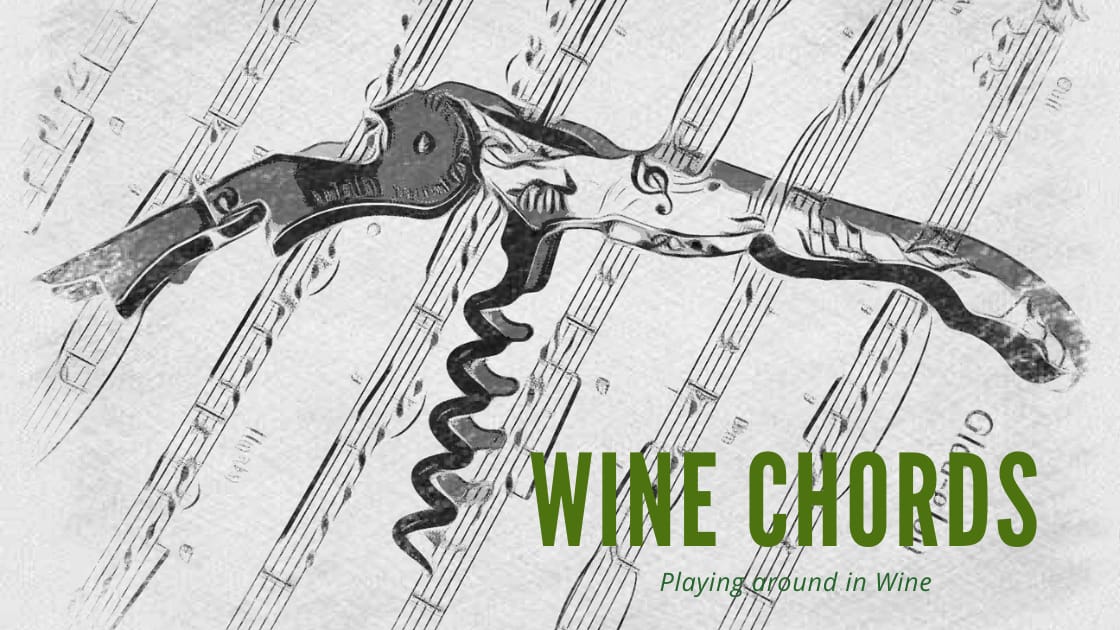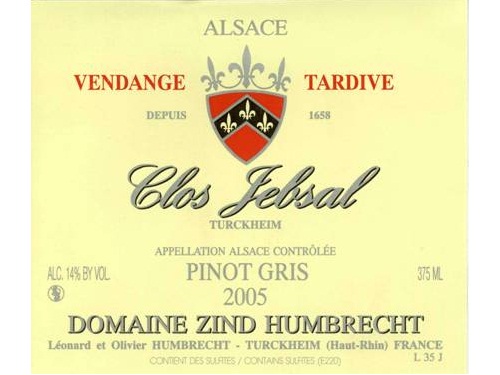Madrid was the place to be for natural wine enthusiasts last Sunday, as the Salón de Vinos Naturales was arranged after an initiative from the Productores de Vinos Naturales. Among the exhibitors were some of their own members, like Barranco Oscuro, and Marenas, whose proprietor José Miguel Márquez is the actual leader of the organization. There were other Spanish producers too, and a few from abroad. The wines were all made by small, artesan producers, almost without exception with natural yeasts, without sulphur added, without much else added either, all in all with minimal intervention.
I tasted something like three fourths of the wines, spoke to most of the producers, and I also met some visitors whom I knew or had met before. For me this is a real fun fair, as you meet a lot of nice people, and everyone is open-minded and willing to share opinions without having to defend anything, and there are no points given. There are just so many delicious tastes, healthy products, and conversations about how all this came about.
I warmed up with some white wines at the stand of Fabio Bartolomei and his Ambiz wines. First a couple of airéns, where the 2012 strangely was lighter than the 2014. But this is the way it is, as Fabio said, these wines chose their own path. I also tasted his Doré 2014, an expressive wine from the grape of the same name, and the Sauvignon 2013, nothing like the commercial Sancerres. It’s aromatic though, with some flowers, yellow apple and a tropical hint. The Albillo 2014 is also full of character, quite rich, with some tannin, and with the balsamic note of the variety.

Fabio Bartolomei, Vinos Ambiz (right)
Samuel Cano was there with most of his portfolio of Patio wines aged beneath the old-fashioned windmills in Mota del Cuervo (Cuenca). Between Aire en el Patio 2014 (literally Air in the Patio, the never-disappointing airén wine) and Al Sol del Patio 2013 (To the Sun of the Patio), there was a wine from syrah grapes harvested as late as end of December in 5 degrees below zero. He had brought his airén-petit verdot Rosé too, and some delicious reds. If I should pick one it could be the Kabronic this time, a 50/50 syrah/graciano, where the latter has been subject to carbonic maceration, showing very fruity, red berries, some balsamic notes, a touch of CO2, and fruit all the way.

Samuel Cano
From the area not far from Madrid came also Julián Ruíz Villanueva of Escencia Rural. I know he has several good things, in different styles. This time I only tasted the red De Sol a Sol, a dark wine from the variety velasco, quite special, rich, with notes of coffee, aromatic herbs, and a touch of raisins and plums.
Lorenzo Valenzuela served many of his Barranco Oscuro wines, from the highest vineyards in Europe, more specifically Cádiar in las Alpujarras (Granada). I visited some 3-4 years ago, and I have tasted these wines several times since, but I never miss an opportunity. Among all the excellent wines I will this time mention the ultra-fresh and typical Sauvignon (a completely different interpretation than Fabio’s), and the wonderful Garnata, a very fruity, herb-scented and personal garnacha. Fellow Andalusians, Cauzón and Marenas had several interesting wines, like Mazuelo 2014 from the former, and Vides Bravas 2006 from the latter. Being located in Montilla, Marenas has also wines aged under flor, like the one with the descriptive name Bajo Velo PX (that I didn’t taste here).

Lorenzo Valenzuela, Barranco Oscuro
Viña Enebro of Bullas had a varied table. A white wine from black grapes, adecuately named Uva Negra Vino Blanco, a fresh, floral, clean wine, the Rosado de Aguja from monastrell, a fruity wine, a little bubbly of course, but quite structured too. Then there were also the Viña Enebro, the one with the pink label, a 100% monastrell, quite light for the variety, some plums and red berries, a lousicious character, but with a nice tannic grip as well. The Quercus came in both 2010 and ’11. See the post about wine bar Solo de Uva for more.

Juan Pascual López, Viña Enebro
A nice surprise came from Galicia. La Perdida of Larouco in the Valdeorras area served a doña blanca and a godello, but the reds based on garnacha tintorera, one with mencía, were among the highlights for me. Maybe most interesting of all from this producer, also with the name La Perdida 2014, a garnacha tintorera (70%) and sumoll (30%) aged in tinaja (amphora), on granite soil, with splendid clean fruit and a solid tannic grip.

Nacho González, La Perdida (right)
From Catalunya I tasted some nice wines from Can Torres, Empordà, a vinous garnacha blanca from sandy soil over granite ground, and among the reds the interesting Idó 2013, a garnacha from quite old vines on alternating slate and granite, aged in used barrels, a relatively light-coloured wine with aromas of red berries, plums, a rich wine with an appealing texture. The Ambre was one of the specialities of the day, from garnachas gris and tinta, aged in some kind of solera system. The colour was the same as its name suggests, aromas of figs, nuts, a slight touch of raisin, and the alcohol level was very nicely balanced.

Bárbara Magugliani, Can Torres (left)
Among the «foreigners» I didn’t taste the wines of Frank Cornelissen this time, as I know them quite well, and the Spanish were my main focus this time. But I visited the table of Château Lamery of the village St. Pierre d’Auirillac, by the Garonne river. Here Jacques Broustet makes wines that are clearly at home in this locale, but distinctly different from what we think of as Bordeaux. His only red wine Autrement 2011 was luscious and juicy, with a slight tannin, and a lovely fruit all the way.

Jacques Broustet, Ch. Lamery
Domaine Thuronis near Carcassonne in Languedoc had some interesting stuff too. The Esprit Vendangeur 2013 is a sauvignon blanc made naturally, and came with super fruit, yellow apple, melon and some peach, and a trace of CO2 (and the 2012 was in the same line, but a little more developed). There was also a sauvignon made in steel and also a time on the lees of chardonnay in barrel. This was a bit darker, yellow with a brownish tinge, some CO2 again, a creamy texture and a very nice acidity.
There was more than this, and the aforementioned wine bar Solo de Uva was serving home-made bread, tasty tapas, and proprietor Carlos Campillo was filling the room with good vibes. He also hosted a dinner in his restaurant that same evening. I was not there, but it couldn’t be bad.




 Clos Jebsal
Clos Jebsal






 Unpretentious, lovely wine for a simple, tasty tapa
Unpretentious, lovely wine for a simple, tasty tapa











